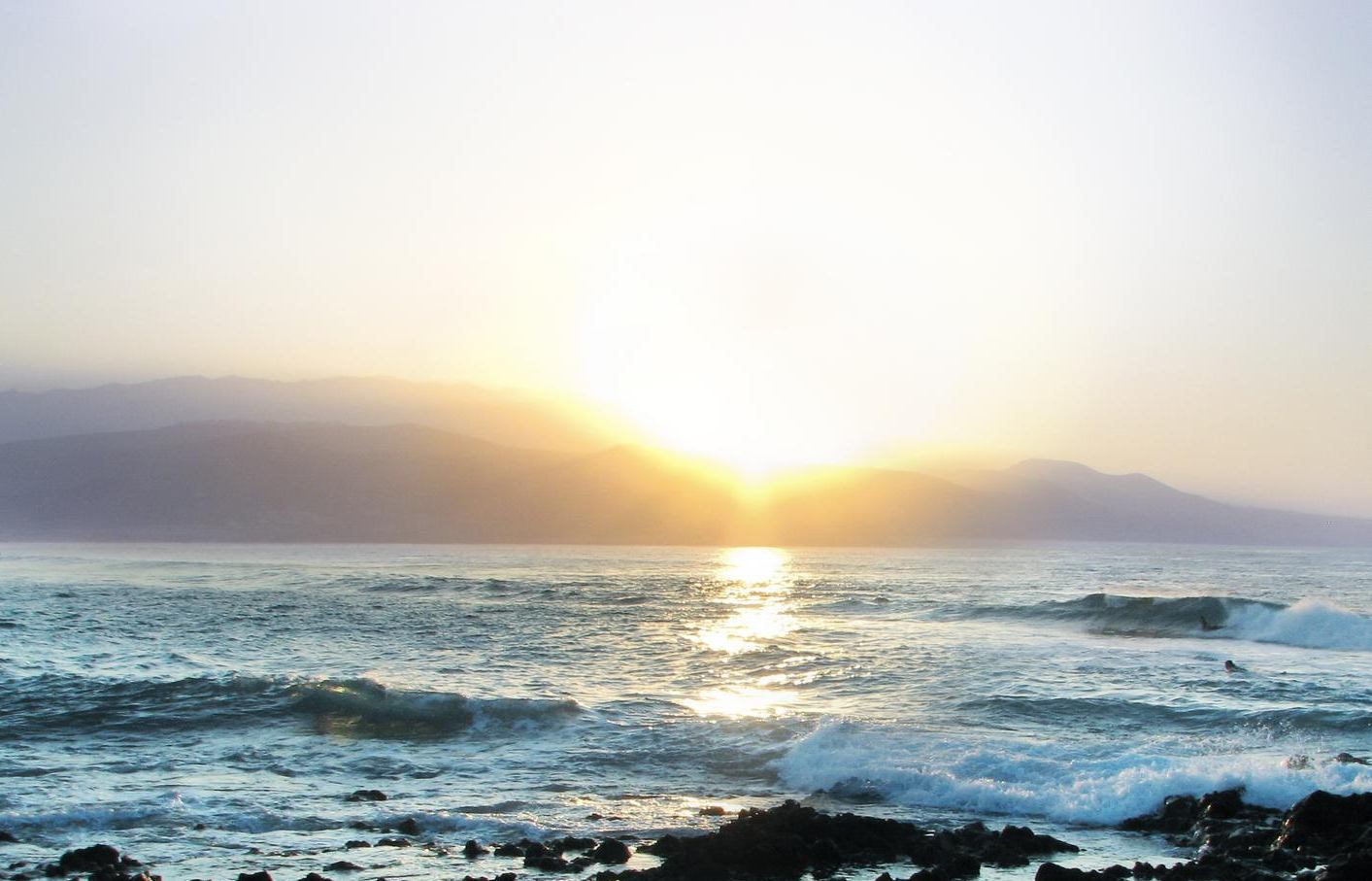 |

Climate
Tenerife is known as the "Island of Eternal Spring" (Isla de la Eterna Primavera). The island, being on a latitude of the Sahara Desert, enjoys a warm, all year round climate with an average of 22° - 24°C in the winter and 26° - 28°C in the summer and sunshine all year round. The north and south of the island have different climatic characteristics, north being more lush and green as south is dryer, and different altitudes create micro-climates. The moderate climate is created by the tradewinds and humidity is mostly condensed over the north and northeast of the island, creating cloud banks that range between 600-1800 meters in height.
 Map of Tenerife
Map of Tenerife Tenerife
Tourism is the most prominent industry in the Canaries, and it is one of the major tourist destinations in the World. Canary Islands form an autonomous community and have own governmental institutions like Presidency, Parliament and ministries. Tenerife is the largest and most populous island of the seven Canary Islands. Tenerife is a volcanic island sculpted by successive eruptions throughout its history, the most recent was 1909.Costa Adeje
Candelaria
Teide
Pyramids of Güímar
History
The earliest known settlement in the islands date to around 200 BC, by a tribe known as the Guanche. They were characteristically tall, powerfully built Scandinavian-looking people with blue eyes and long, fair hair. In December of 1493, Alonso Fernández de Lugo obtained from the king the confirmation of the right to lead a conquest of the island of Tenerife. As in the rest of the islands, many of the natives were turned into slaves of Spanish kingdom, while a good part of the native population succumbed to imported diseases.
With the growing population and agriculture came the introduction of sugar cane at the beginning of the 16th century while in the following centuries, the island's economy was centered on the use of other crops such as wine grapes and plantains. Later the island’s economy was centered around the cultivation of other commodities such as wine and cochineal for making dyes, as well as bananas.
